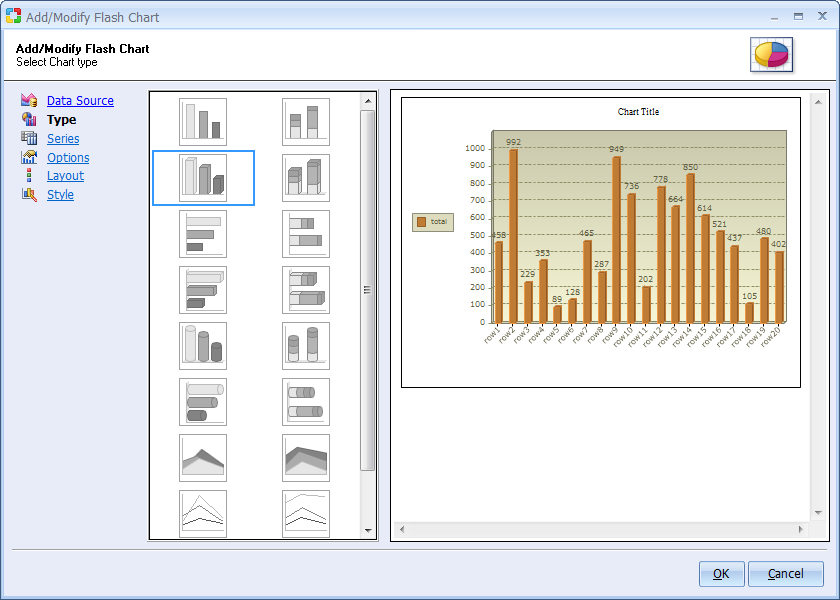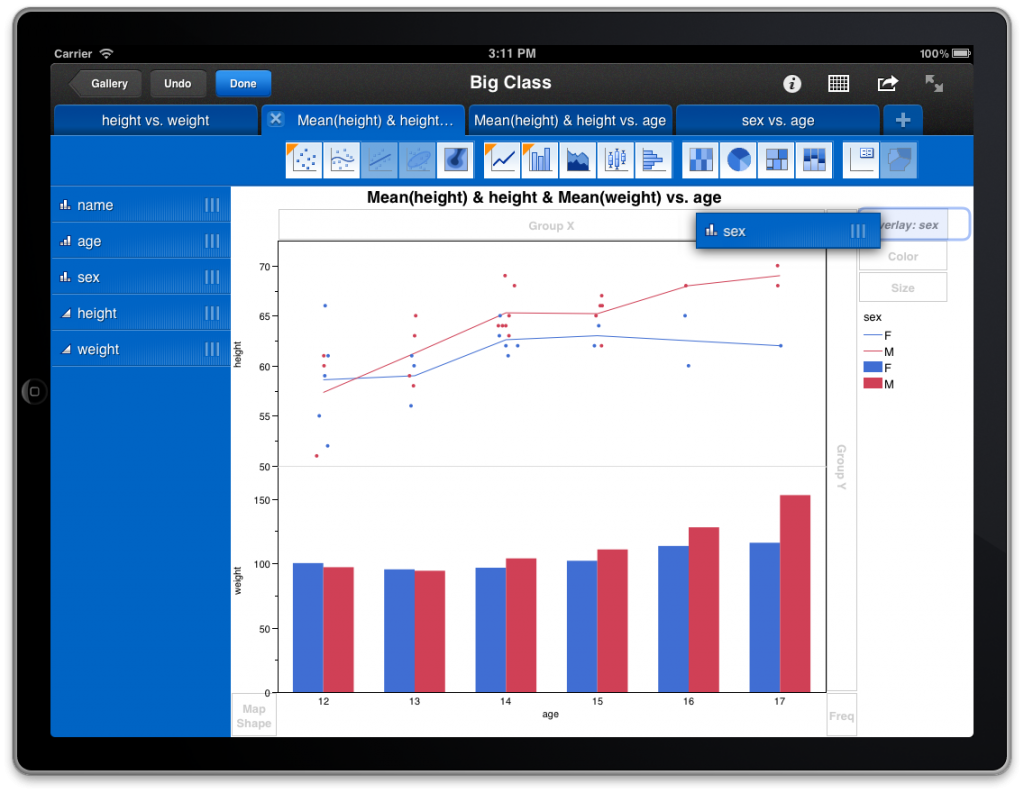

In other words, a row (column) cannot be made smaller than its minimum size.

This size, however, is restricted by the row’s (column’s) minimum size. While the width of a row (height of a column) is determined implicitly, its height (width) can be set. (height) is the accumulated width (height) of all columns (rows). The area that belongs to a row (column) is determined by its height (width) as wellĪs by its position with respect to the order of rows (columns).Ī row (column) spans all columns (rows) of the table structure, i.e., its width These allow to add top-level rows and columns, to which in turn child rows and child The ITable implementation provides the virtual roots of the row and column hierarchies Note that IStripe is the super interface. This includes the layout, insets, (minimum) sizes, for example, and also support Models common aspects of rows and columns in a table model. The Table class is the default implementation. Provides the virtual roots of the row and column hierarchies of a table model. The table model is constituted by the types listed in Table model types. Table structure with nested rows and columns Table structure with nested rows and columns Similarly, there are two top-level columns where one consists of two child columns. The table has two top-level rows where one consists of two child rows.

Table structure with nested rows and columns shows a table structure with nested rows and columns. To support nested row (column) structures. Their nesting structure, i.e., rows (columns) may have so-called child rows (columns) The table model defines the rows and columns of a table, their sizes, and in particular This also means that when a content node is moved, for example, the representationīasically, the table model represents the blueprint for the rendering of the table structure. More precisely, the association of a content node to a row and a column is onlyĭone on a geometric basis, i.e., the node’s center coordinates determine the row Table structure are only loosely coupled.

It is crucial to understand, however, that the content nodes of a diagram and the Rows and columns, re-parenting them, or editing their labels, for example. Is supported by a specialized input mode, which makes available support for resizing User interaction with the table structure The visualization of individual rows and columns can be conveniently achieved by The group node that is “behind” the table structure uses a special node style implementation Which actually defines these rows and columns. The table structure, which typically shows some rows and columns within which theĬontent nodes lie, directly results from the table model Maintaining the visual clue that they are contained in the table group node. Using a group node to hold the content nodes brings all advantages of this conceptįor example, when the group node is moved, the child nodes move accordingly, thus I.e., the actual content nodes, need to be set up so that they are child nodes of This table structure is backed by a group node, and the diagram’s proper nodes, The presentation of a diagram in a tabular way needs an additional element, namelyĪ table structure to encompass the proper nodes of the diagram. More precisely class HierarchicLayout, provides advanced support for Structures with rows and columns can be both rendered and also interactively edited.įurthermore, the hierarchical layout style, The provided functionality covers the “look” as well as the “feel,” i.e., table Which builds on the general concept of grouped graphs. The yFiles for HTML diagramming library contains comprehensive support for tabular data presentation, The following figure shows samples of tabular presentations of diagrams: Tabular data presentation Swimlane layout with four lanes from top to bottom A diagram following the Business Process Modeling Notation (BPMN) where swimlanes are additionally subdivided by so-called milestones Swimlane layouts are a popular example of such presentations. Row and column in the grid-like structure of a table. Many application areas require a presentation of data where the nodes of a diagramĪre organized in a tabular way, i.e., where each node is associated to a specific


 0 kommentar(er)
0 kommentar(er)
